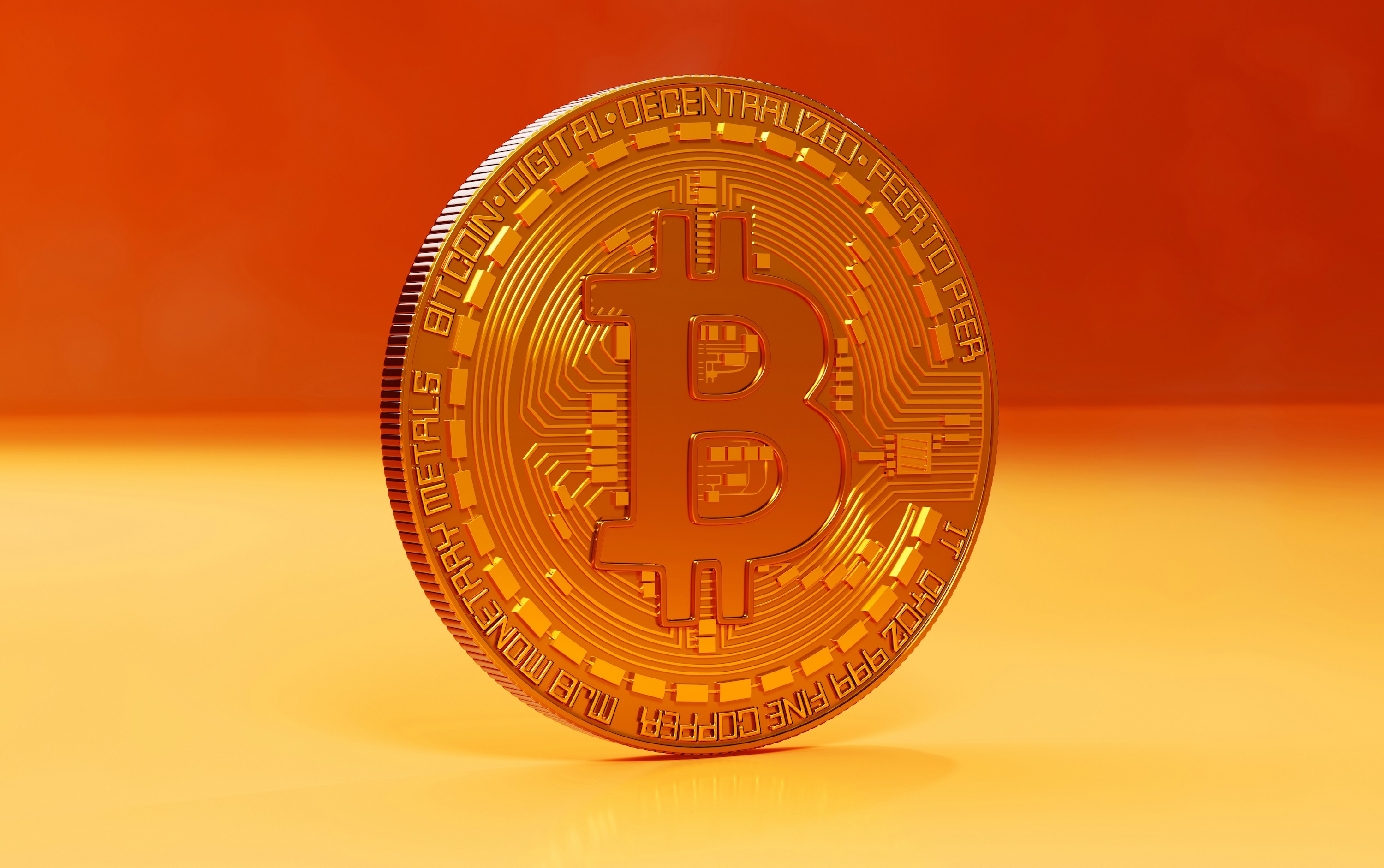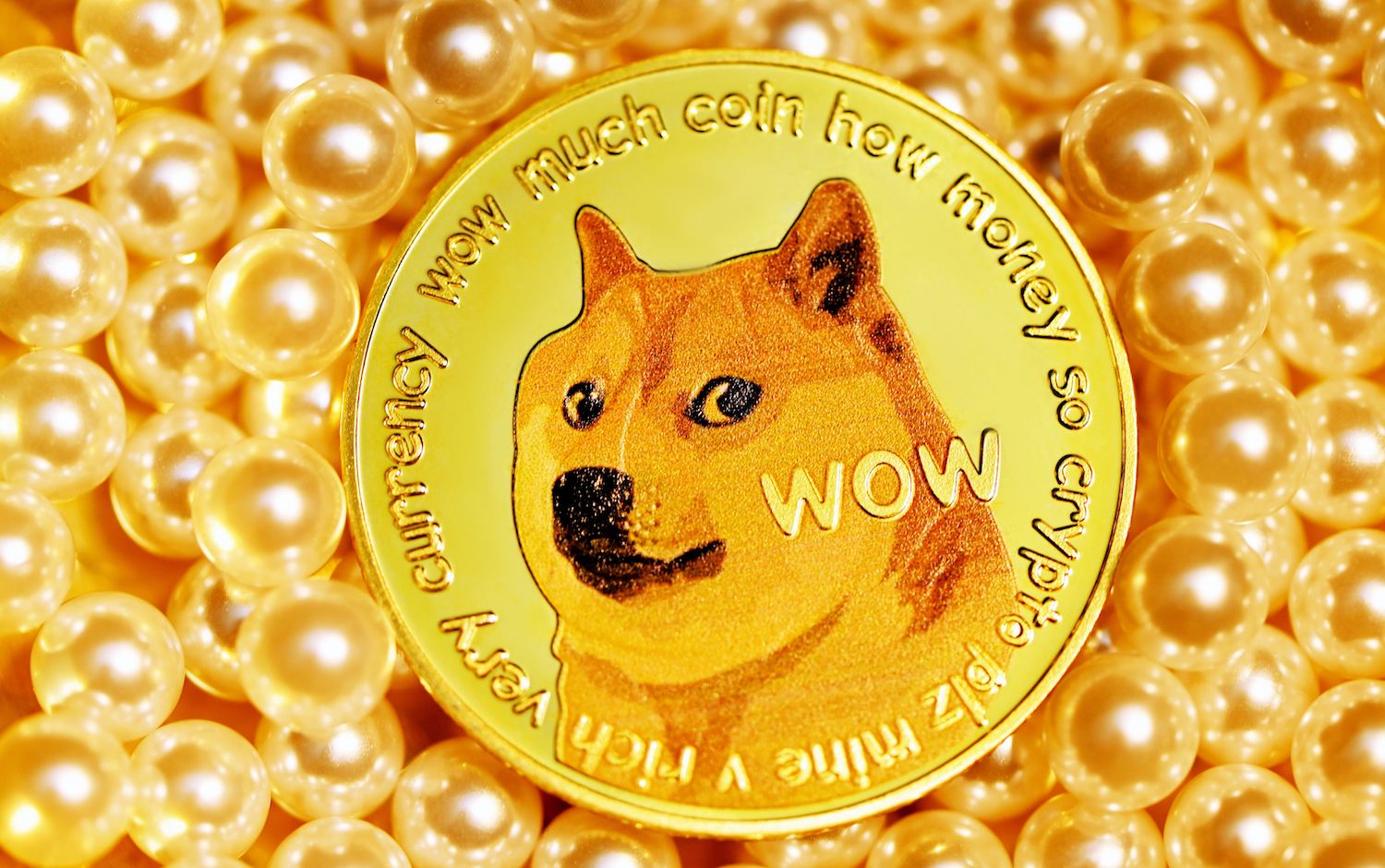Bitcoin rebounds after its worst week of 2023

After bitcoin’s worst week of 2023, are things looking up for the original crypto? [Westend61 via Getty Images]
There’s never a dull moment on the blockchain. Here’s what you need to know this week:
Bitcoin rebounded off its worst week of the year. A closer look at how BTC and ETH are faring after a rocky stretch.
Would Bitcoin’s creator have supported NFTs? Unpacking Crypto Twitter’s debate over Satoshi Nakamoto’s views.
Noteworthy numbers. The amount of Bitcoin addresses that now hold 1 BTC, and other key stats from the week.
MARKET UPDATE
After its worst week of the year, what’s next for BTC?
Bitcoin gave traders a scare last week, posting its worst weekly performance since the collapse of FTX last November, due partially to liquidity concerns from market makers. But the largest cryptocurrency by market capitalization started this week strong, and some believe it means there could be room for BTC and ETH to rebound further. Let’s take a closer look.
Bitcoin regained the $27,000 price threshold and held its 200-week moving average.
After falling 11% last week to as low as $25,800, BTC rose to $27,500 to start the week. And despite its recent downturn, bitcoin still managed to hold above its 200-week moving average of $26,101. The 200-week average is considered a key indicator of long-term price trends, and holding above that level could indicate positive momentum.
Another bullish indicator is that the Stablecoin Supply Ratio, which measures the ratio of bitcoin’s market capitalization to the market cap of stablecoins, has declined by 11% in the past two weeks, indicating that cash is entering the market again, after months of the opposite trend.
BTC’s price correlation with ETH is also at its lowest level since November 2021, which means bitcoin could continue to outperform and benefit from its narrative shift as a hedge against banking uncertainty, without as much downward pressure from other parts of the crypto market. (Here’s Coinbase Institutional recent market commentary on the decrease in correlation between the two cryptocurrencies.)
Meanwhile, demand for ETH staking has never been higher.
ETH liquid staking tokens Lido and Rocket Pool had the highest price increases across major altcoins last week, posting 23% and 13% gains respectively, spurred by growing demand for staking ETH since last month’s Shapella upgrade. Liquid staking derivatives are popular because instead of needing the 32 ETH required to become a validator, traders can deposit any amount, and it's pooled together with the ETH of others.
Even though ETH is down more than 14% in the last month, Lido saw a 10% increase in the amount of staked ETH on its platform in that same span. Overall, there is about 19.3 million ETH being staked, and liquid staking platforms have 36% of that total deposited onto their platforms.
The rise in staking demand comes as Ethereum's blockchain recently dealt with a pair of outages that impacted transaction execution and finality. Developed quickly released a patch, and commented on what had occurred. ETH has traded mostly flat since the incidents.
Why it matters… As markets grow hopeful that the Federal Reserve will pause its interest rate hikes after 10 consecutive raises, some traders believe that it could lead to a continuation of the current uptrend. "We don’t think the market needs a catalyst in the immediate term," said Joe DiPasquale, the CEO of crypto fund manager BitBull Capital. "It is only a matter of time before we see another major rally.”
SATOSHISTORY
Would Satoshi Nakamoto have been pro-NFT?
Ever since Satoshi Nakamoto, Bitcoin’s mysterious creator, disappeared in 2011, some members of the crypto community have pondered the question of what Satoshi might think of newer crypto developments — DeFi, smart contracts, etc.
At the same time, for a certain crowd of Bitcoin devotees, the cryptocurrency’s singular original purpose as a peer-to-peer digital payment system, as Satoshi outlined in the 2008 Bitcoin Whitepaper, should remain its overriding focus.
All of this is background to an interesting debate that developed on Crypto Twitter last week over what Satoshi would think of NFTs.
The question of whether Satoshi would have embraced NFTs (largely an Ethereum-based invention, but increasingly a feature on Bitcoin too) surfaced thanks to an unearthed Bitcoin forum thread from 2010, in which Satoshi recommended ways to use BTC for the sale of digital artwork. In the thread, an artist with the username “Sabunir” posted that he planned to sell an original JPEG for $1.00, or 500 BTC at the time.
Sabunir ended up with the 500 BTC, leading to questions about whether this was the first-ever BTC transaction. (Someone famously bought a Papa John's pizza with 10,000 BTC just a few months later, in what is widely considered the first BTC transaction for a good.)
While some noted that Sabunir’s 500 BTC was likely a donation rather than a transaction, and maybe not for the JPEG at all, others pointed at this story as evidence that Bitcoin’s enigmatic inventor would have been supportive of NFTs, given his helpful commentary. ”The big takeaway is that Satoshi would likely be pro-NFTs,” tweeted @ChrisCoffeeEth. Another user concurred: “Agree on Satoshi being pro NFTs (why not?).”
The discussion about Satoshi’s views on NFTs comes as the debate in the crypto community over whether Bitcoin should be exclusively for payments or enable other uses has heated up as a result of new features like Ordinals (NFTs for the Bitcoin blockchain), whose popularity has led to network congestion and transaction-fee spikes.
While we’ll likely never know definitively what Satoshi thinks of NFTs, or other subsequent crypto innovations, we can be fairly certain that crypto, and the debates around its development, will continue to evolve with or without its creator.
NUMBERS TO KNOW
47.6%
The share of venture capital money received by European crypto projects in Q1 2023, up from just 5.9% in Q1 2022.
The catalyst for the sharp increase, according to Patrick Hansen, EU Policy Director at USDC stablecoin issuer Circle, is the EU’s recently-passed Markets in Crypto Assets (MICA) legislation, which provides a regulatory framework for digital assets.
1 million
The number of wallets that now hold at least 1 BTC ($27,000 as of Tuesday morning), according to data from Glassnode.
While wallets aren’t the same as individuals (for example, one individual could have multiple wallets), “more people holding a full bitcoin could indicate increased price stability, reflecting bitcoin’s maturation,” wrote Blockworks.
$100 million
The amount that Worldcoin, the cryptocurrency project led by OpenAI CEO Sam Altman, is expected to raise ahead of its upcoming launch, according to the Financial Times.
Worldcoin, which was co-founded by Altman and Alex Blania in 2019, plans to scan people’s eyeballs in order to authenticate individual users and provide free access to its cryptocurrency.
TOKEN TRIVIA
What is a blockchain?
A
Crypto’s underlying technology
B
A transparent list of transactions
C
A decentralized computer network
D
All of the above
Find the answer below.
Trivia Answer
D
All of the above











